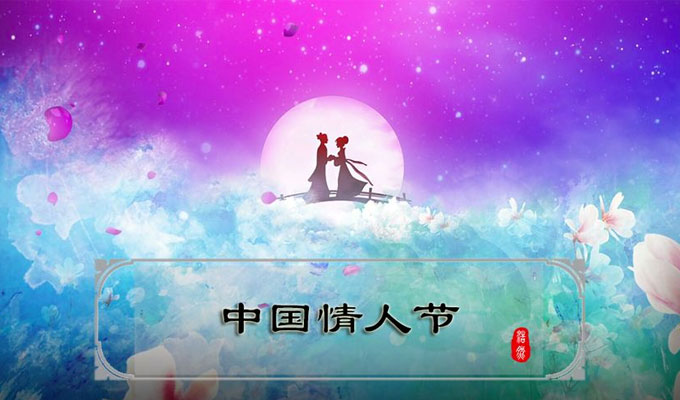Today, you would have probably heard, is Chinese Valentines Day, a day much like its Western counterpart, whereby restaurants have an excuse to overcharge their male customers.
True romantics, however, together with the less cynical, shall delight in knowing that the festival, falling on the 7th day of the 7th month in the Chinese lunar calendar, is no saintly Roman knockoff. For today is China’s Double Seventh Festival; Qixi. The festival is also known as Tanabata in Japan and Chilseok in Korea.
Once upon a time, lovers Zhi Nv, the weaver girl; and Niu Lang, a cow herder, began their story, supposedly 2,600 years ago. Ever since the Han Dynasty period, this legendary tale of love has been celebrated on the same date across the country, now more simply referred to as Chinese Valentines Day.
According to Ju Brown and John Brown, in their book “China, Japan, Korea: Culture and Customs”, Zhinv represents Vega, the brightest star in the constellation of Lyra and the fifth-brightest star in the night sky, and Niulang symbolises Altair, the brightest star in the constellation of Aquila and the twelfth brightest star in the night sky.
Much like Verona’s adorned star crossed lovers of medieval times, China’s celestial lovers were also forbidden from being together. Exiled to opposite sides of the Milky Way, Vega and Altair’s desire to unite was so strong that each year on the 7th day of the 7th month a flock of magpies would form a bridge for the lovers to do so. Or so the story goes.
Traditions for Chinese Valentines Day have in the past included worshiping the weaver fairy (the star Vega), Zhinv, through a table of offerings; tea, wine, fruits, longans, red dates, hazelnuts, peanuts and melon seeds. In the evening, young women sat around the table, displaying their needlework and gazing at Vega, while praying for a good husband and a happy life. Then they would play games or read poems until midnight.
Shakespeare’s play was first published in 1597, by which time Marco Polo and his China adventures had already been circulating Rome and probably Europe for over 300 years. To say that there is a direct correlation between the two tales is stretching it. But isn’t it rather romantic in itself to think that Shakespeare’s Montagues and Capulets could have perhaps been influenced by Chinese celestial poetry?









